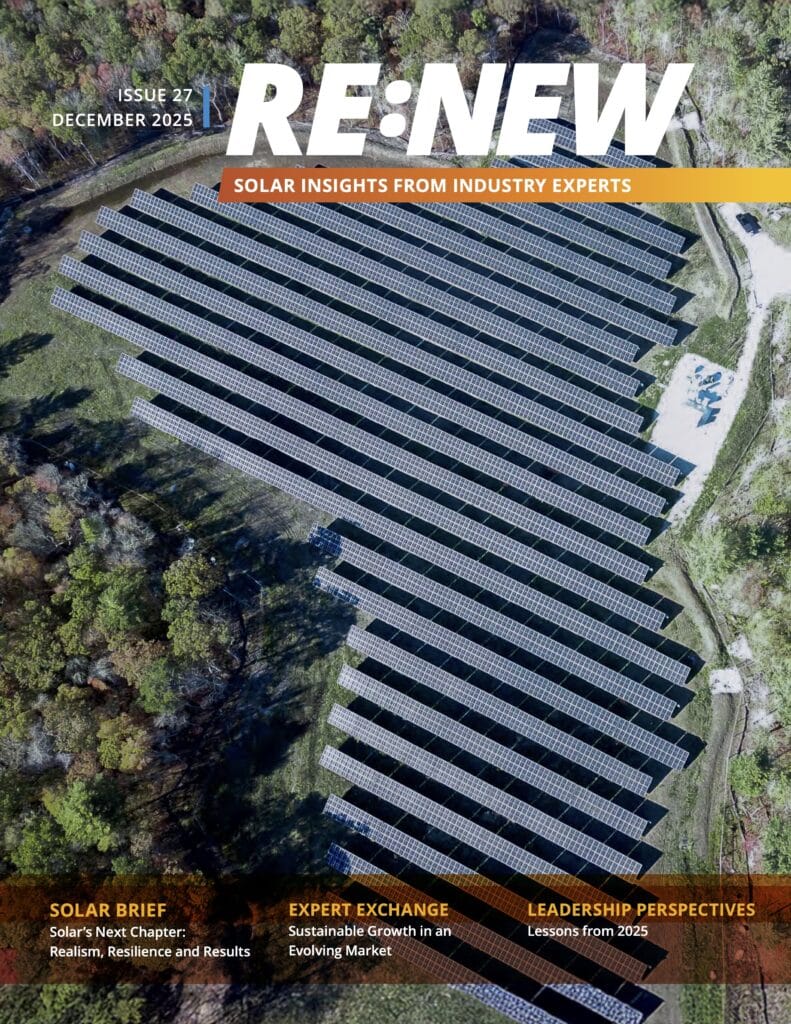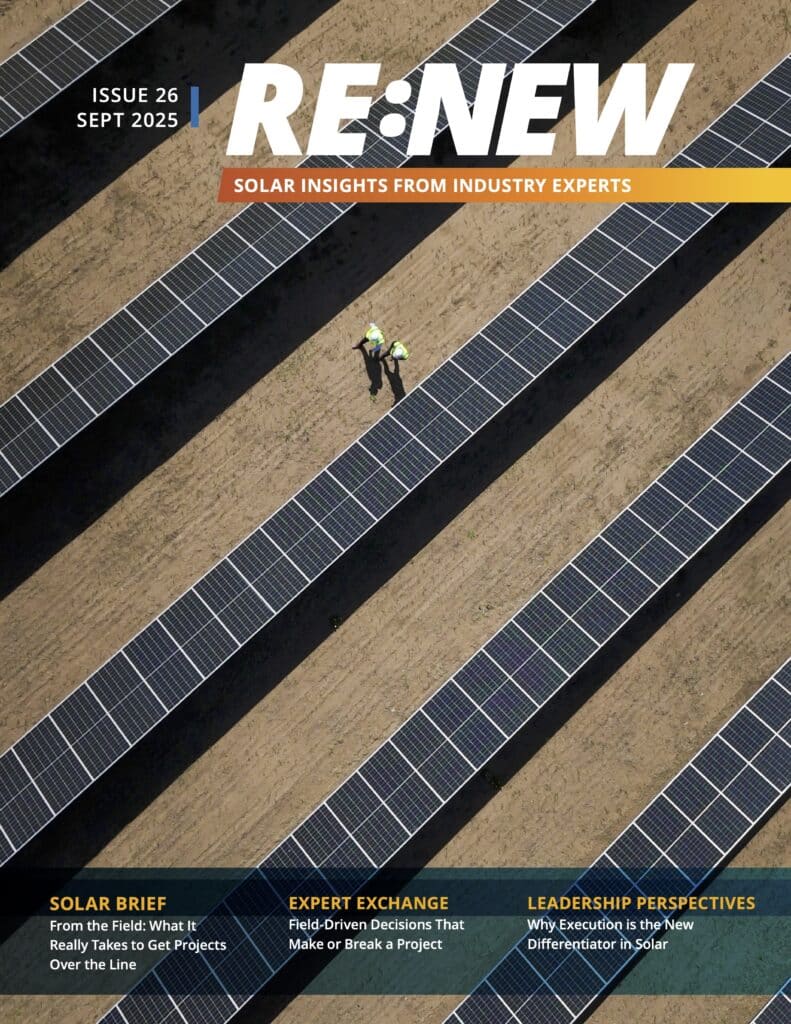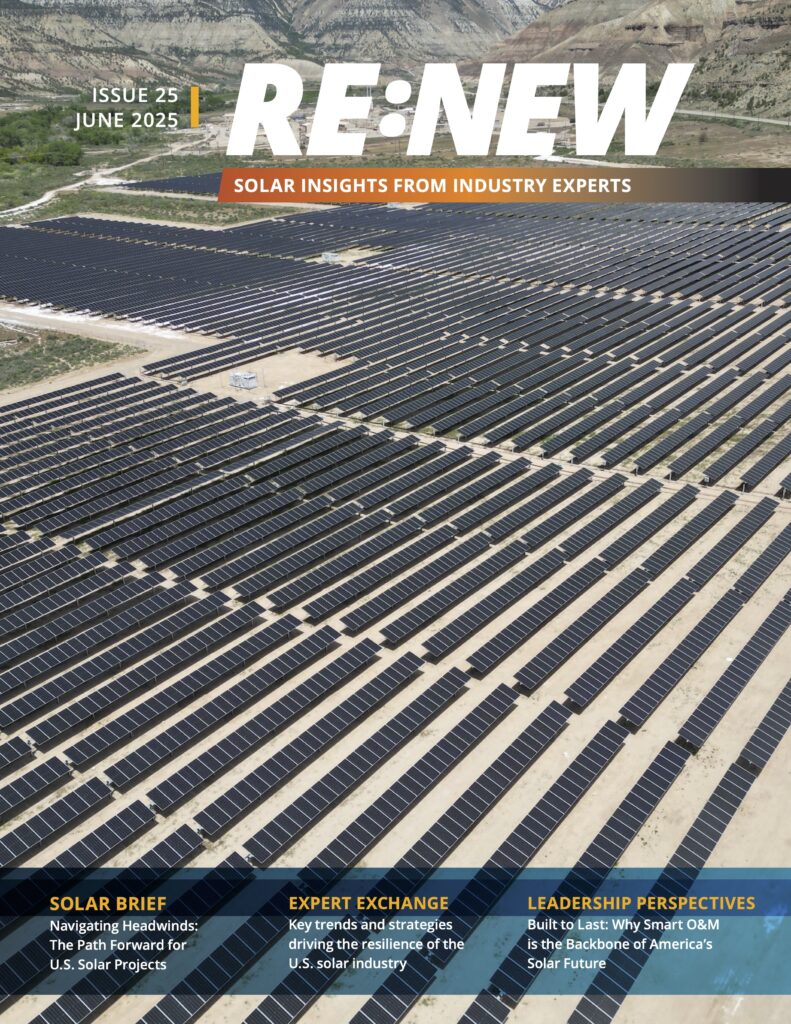If you’re currently in the solar industry, you might well wonder what the industry ever did to President Donald Trump to so earn his enmity. After all, for being one of the fastest-growing segments of the economy, his actions indicate he wants to smother it.
First, Trump imposed 30% tariffs on solar modules, driving the prices of projects up and forcing many to the sidelines as they no longer penciled out. Then it was 25% tariffs on steel and aluminum, which hurt the racking-and-mounting side of the industry. Some observers were running around with their hair on fire, saying the tariffs would set the industry back and kill off an electricity-generating golden goose.
But the damage done by those two sets of tariffs were largely undercut by the Chinese government’s decision—almost entirely out of left field—to nearly shut down its own solar industry at the middle of this year. Since modules were already in production and the Chinese module manufacturers were caught off guard by the decision, inexpensive modules flooded markets around the world, including the United States. And while prices didn’t continue to fall, they at least held steady at pre-tariff rates, putting some projects that had seemed out of reach back on the table for consideration.
Just as the industry adjusted to that reality, however, Trump has now indicated he will be imposing 25% tariffs on inverters starting in January, throwing inverter manufacturers through a loop as they scramble to adjust their prices and production lines to deal with this new reality.
I’d say this is the end of it, but really, in today’s world, would anyone be surprised if, following inverters, the Trump administration found something else in the solar industry to slap a tariff on?
That’s why I say it’s time to fight back in the war on solar. When the solar industry unites around an issue, they have proven particularly successful at stopping bad policy from becoming law and (in some cases) bringing good policy to life. You only have to look as far as California’s recent victories on the 100% renewable portfolio standard to see what a united industry can accomplish.
It can’t be done as an add-on, however. Getting involved with the political process can’t be just something you do in your spare time (as if you have spare time). It must be something that is part and parcel of your position and the position of everyone in your company. Because when solar workers tell their stories, politicians listen. And they vote. For you.
The war on solar is intensely real, and though we have been resilient so far, there are only so many blows we can take before real effects will be felt. Let your voices be heard on these tariffs and other political fights that affect our industry. Fight like your livelihoods depends on it—because they do.
More Recent Blog Posts
Delivering on Our Promise: 2025 in Review
December 11, 2025
Scott Wiater · 3 min read
How Student Health Unlocks School Energy Projects
December 3, 2025
Standard Solar · 4 min read
The Remarkable Growth of Community Solar in the District of Columbia
October 22, 2025
Standard Solar · 2 min read
Navigating a Solar Market in Transition: Takeaways from RE+ 2025
September 26, 2025
Megan Byrn · 3 min read





Share